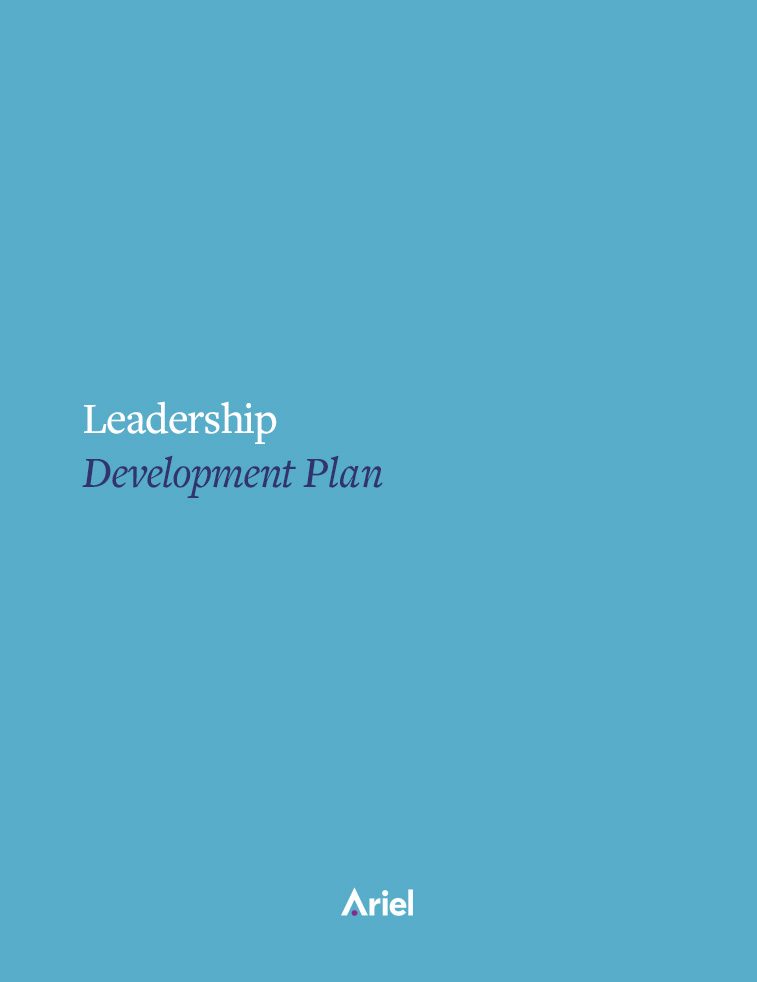3 Dimensions of Leadership Presence that Drive Retention and Results

One of the primary challenges faced by CEOs is the development of the next generation of leaders. There is a strong emphasis on improving communication skills, as well as demonstrating greater empathy and emotional intelligence.
Sherri Blix, an Executive Coach with a focus on coaching senior leaders, highlights the significance of Leadership Presence in consistently articulating one’s value proposition while influencing and connecting with others.
Considering the challenges of today’s high-stress and hybrid business world, Sherri identifies three essential facets of Leadership Presence: interactivity, inclusiveness, and concern.
1. Interactivity
How we interact – the quality and quantity of communication.
With many people working from home, casual interactions today are limited. Conversations today are more intentional and more scheduled, and thus, may often feel more formal. Even certain modes of conversation can cause friction. For example, while texting and instant messaging may be acceptable methods of business communication to some, they may feel intrusive to others. Taking a pulse on when, where, and how you communicate sets the right stage for optimal receptiveness, input, interaction, and outcomes.
A critical part of good communication is active listening – listening and responding to improve mutual understanding. To improve their active listening, leaders should strive to:
- Be fully present in body and mind.
- Devote undivided attention to the dialogue – no multitasking, i.e., typing or texting.
- Always be viewable on camera on virtual calls.
- Use visual cues – nod, lean forward.
- Paraphrase what is heard – “So what I’m hearing you say is …”
As a leader, people also want (and expect) to hear your perspectives, so come prepared to actively engage and contribute your meaning into the conversation. Pay attention to these watch outs. Are you:
- Talking without providing context?
- Sharing details rather than the big picture?
- Talking around an issue rather than to the issue?
- Preparing by listing 3-5 insightful things you believe about this topic
For those who are a bit more introverted, this requires being mindful of interjecting your Voice for Self more often in meetings.
To strengthen interactivity, leaders should ask themselves:
√ Am I in touch with my people on a regular basis?
√ How am I staying in touch?
√ What’s the best method(s) of informal communication for my colleagues and for my team?
√ Have I adequately prepared?
√ Am I listening actively to what is being said?
√ Am I responding in a timely fashion?
√ Are my conversations and meetings resulting in mutually beneficial outcomes?
2. Inclusiveness
Who we interact with – valuing the connection and contributions of all stakeholders.
In a hybrid work world, personal contact, cross collaboration, and networking suffer, making it more difficult to cultivate relationships and foster a stronger sense of belonging. Leaders can make an immediate difference in the meetings they lead by following 5 simple steps:
- Ensure you have the right people in the right conversations.
- Establish a climate of psychological safety and trust where colleagues feel open and safe to express their points-of-view.
- Pay attention to who is and who is not contributing – seek out the elephant in the room.
- Continue to cultivate strategic relationships with specific attention to include those working remotely. Suggestions:
-Anticipate the impacts of decisions being made and bring people in early to the conversation.
-Reach out for more informal one-on-ones.
-Don’t hide behind emails – pick up the phone and call. - Be cognizant of proximity bias – a natural comfort with closer relationships which can be more prevalent in today’s hybrid work world where some colleagues are in the office while others are not. Engage and build relationships equally with remote colleagues.
And for the meetings where leaders are participants:
- Understand the context of the discussion or call. Are you the primary authority on a topic; are you there to give input; or perhaps you’re in learning mode, so your role would be to observe and listen.
- Bring solutions, not just problems.
- Maintain your composure in heated debates. State the facts and check yourself for what story you might be telling yourself. In the heat of the moment, we often see ourselves as victims or helpless, and perceive others as villains.
To build inclusiveness, leaders should ask themselves:
√ What do I need from this meeting; is my purpose clear?
√ If a participant, what do I bring to the table?
√ Who’s voice is important to this discussion; important for me to hear?
√ Who else do I want to feel included; that may be important to this topic in the near future?
√ Have I established a climate of psychological safety and trust; openness to new ideas and points of view?
√ Have I considered multiple perspectives, positions, and interests at play?
√ Am I paying attention to who is not speaking; what is not being said and why?
√ Am I unconsciously demonstrating proximity bias?
3. Concern.
Why our interactions resonate – embracing a holistic view.
Leaders and teams today continue to be on overload. With increased demands and pressures from all angles, there’s little time between meetings, deadlines, and work/family balance to pause and cultivate the human side of relationships. But it’s the human side, where people feel valued and understood, that drives deeper connection, stronger commitment, and better retention. Adopting your Voice for Others will help demonstrate your concern.
Now more than ever, leaders need to be purposeful in showing genuine empathy and caring for others, both professionally and personally.
Leaders can do this in many ways including:
- Demonstrate emotion-based listening. Listening for tone and feelings and reflect back the feelings of others, “I’m sensing you’re feeling neglected” or “Are you agitated by the situation?”
- Conduct periodic, quality conversations on how one is doing, more than just performance or the day-to-day discussion.
Make time for informal check-ins on projects of interest and development needs. - Dedicate a leadership team outreach session to assess cohesion, collaboration, and climate – what’s working, what’s not and why.
- Conduct regular pulse-check sessions as safe spaces for colleagues to discuss their stressors.
- Probe to get at what’s beneath the surface. Often direct reports are reticent to share how they’re really feeling, and it may take a few tries before they open up.
- Encourage and support problem-solving options.
- Ensure that performance reviews include development needs and are continuing to occur throughout the organization for both in-office and remote employees.
There are a few cautions. First, it’s important to understand that showing concern does not always need to lead to action. In fact, it’s often a learned and practiced skill to simply listen and maintain composure without making promises. Be careful in how you ask the questions and paraphrase to make sure you understand all that is being conveyed.
Second, maintaining self-compassion provides a stronger foundation from which leaders can more effectively embrace a holistic approach toward others. As a leader, take care of yourself emotionally, physically, and spiritually. If you’re feeling overworked and overwhelmed, make sure you are delegating enough. Create space on a regular basis to step away from the work and decompress.
To gain deeper understanding, build empathy, and show concern, leaders should ask themselves:
√ What is my turnover and why?
√ Am I stepping away from the work and digging deep enough to understand the people, the business climate?
√ Are people feeling heard?
√ Am I demonstrating and encouraging receptiveness and civility?
√ Do I have the composure to actively listen without making promises?
√ Am I making time for myself to decompress on a regular basis?
√ Am I delegating enough?
√ Are there weak links that I need to address?
√ How will I listen and look for cues to engage and connect with my stakeholder(s)?
With intentional, consistent, and ongoing focus on interactivity, inclusivity, and concern, leaders can drive critical, sustainable outcomes during these ambiguous times including:
Improved retention as people become more collaborative, feel more valued, and become vested.
Better business outcomes driven by greater diversity of thought, open perspectives, and increased engagement.
Increased speed as objectives and projects move faster and more work gets done.
Greater leadership & team impact with stronger cohesion, coordination, and alignment.
Executive presence training has become essential not only to a leader’s success, but also to their team’s engagement, and to an individual’s desire to stay with the organization. With knowledge, intention, and attention, leaders can make a difference.
Author: Sherri Blix, Executive Coach, Executive Coaching Connections
Additional Resources:
The New Meaning of CEO: Chief Empathy Officer – 4 Reasons Leaders Need Empathy Now. Forbes, Sept. 28, 2021.
Leadership Presence: Composure. Leadership Spotlight video series, LinkedIn-Sherri Blix, Sept. 2021.
14 Ways to Develop a Stronger Leadership Presence. Forbes, Oct. 18, 2021.
